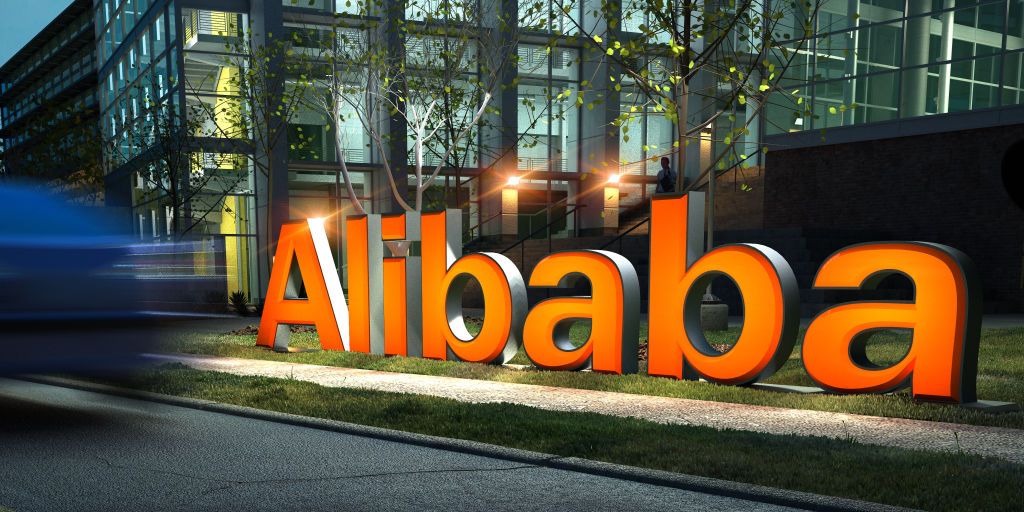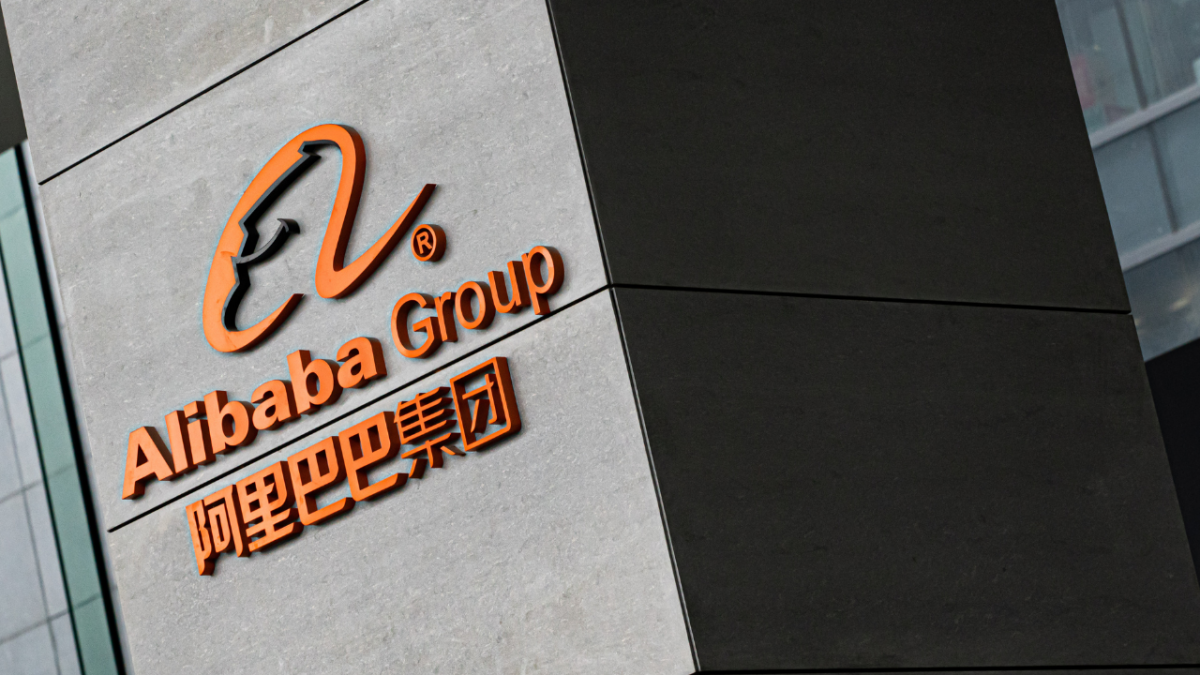


Photo credit: Getty
Alibaba Group’s first-quarter results beat Wall Street’s expectations after the platform company cut costs during a resurgence of the coronavirus pandemic across China.
A recovery is underway, the company said, as the number of shoppers swelled and supply chains untangled across the world’s second-largest economy.
“Following a relatively slow April and May, we saw signs of recovery across our businesses in June,” said Alibaba Group’s Chairman and Chief Executive Officer, Daniel Zhang.
China’s second-largest shopping festival of the year, 6.18, reflected the rebound at Alibaba. The festival, which ran from May 26 to June 20, grew paid gross merchandise volume (GMV) year-over-year with notable demand from members of Alibaba’s paid customer-loyalty program, 88VIP.
Alibaba reported net income attributable to ordinary shareholdersof RMB22.74 billion ($3.4 billion) in the quarter ended June 30, higher than the consensus forecasts of about RMB18.7 billion compiled by Thomson Reuters and about RMB17.8 billion by Bloomberg.
“The results show Alibaba’s potential to drive efficiency, which was underestimated,” said analysts at Morgan Stanley including Gary Yu in a report. Alibaba shares closed 1.8% higher in New York trading.
Following a relatively slow April and May, we saw signs of recovery across our businesses in June
Revenue of RMB205.56 billion in the quarter was flat versus RMB205.74 billion in the same period a year earlier. The result topped the consensus forecasts by both Thomson Reuters of about RMB203.2 billion and Bloomberg’s of RMB204 billion.
Alibaba’s cloud segment posted 10% revenue growth year-over-year to RMB17.69 billion in the quarter, offsetting a 1% dip in revenue at its core engine, the China commerce segment, year-over-year to RMB141.94 billion in the quarter.
For most of the quarter, the China commerce segment grappled with a spike in COVID-19 cases that prompted rolling lockdowns, factory closures and supply-chain bottlenecks, said financial analysts, that crimped consumption of consumer goods from apparel to electronics.
China’s total sales of consumer goods slumped 11.1% year-on-year in April and 6.7% in May before climbing 3.1% in June, according to the country’s National Bureau of Statistics. Consumer spending as a proportion of disposable income shrank in the first half of the year compared with a year earlier, a measure closely watched by Alibaba’s senior management.
“Despite the challenges posed by the COVID-19 resurgence, we delivered stable revenue performance year-over-year,” said Alibaba Group’s Chief Financial Officer, Toby Xu.
Tight Rein
Alibaba kept costs under control during China’s rise in COVID-19 cases and shrank losses at its investment initiatives, bolstering its profitability.
The company’s adjusted earnings before interest, taxes, and amortization (Ebita), which reflects underlying performance, fell 18% year-on-year to RMB34.42 billion in the quarter. That figure smashed Thomson Reuters’ consensus forecast of RMB26 billion.
“We have narrowed losses in key strategic businesses given ongoing improvements in operating efficiency and increasing focus on cost optimization,” said Xu in a filing with Hong Kong’s stock exchange.
Value-for-money platform, Taobao Deals, and Taocaicai, which provides consumers with next-day pick-up services for a wide range of groceries and fresh goods at neighborhood pick-up points, both significantly narrowed losses quarter-over-quarter. Taocaicai’s GMV snowballed in the quarter, notching up over 200% year-over-year growth.
Southeast Asian e-commerce platform Lazada focused on improving operating efficiency during the quarter, which resulted in narrower losses year-over-year.
On-demand delivery and local services platform Ele.me’s unit economics per order turned positive in the quarter as average order value swelled year-over-year due to optimizing user acquisition spending while cutting delivery cost per order.
“We are confident about narrowing Eleme’s operating losses during this fiscal year,” said Zhang on a conference call with analysts shortly after the earnings report.
Cost optimization will continue in the coming quarters as the macroeconomic backdrop remains uncertain, said Zhang and Xu on the conference call.
“The only things we can do at this moment is to focus on improving ourselves,” said Zhang.



Green Shoots
Digital marketplaces, Taobao and Tmall, saw online physical goods GMV excluding unpaid orders, decline for the quarter by a mid-single-digit year-over-year mainly due to the impact of the pandemic, supply chain disruption and logistics bottlenecks in April and most of May. GMV started to recover in late May as logistics normalized.
Customer-management revenue (CMR) dropped 10% year-over-year to RMB72.26 billion in the quarter.
“We expect Alibaba’s CMR to rebound to mid-to-high single-digit growth in [the second half of the year] along with China retail sales from a low base,” said analysts including Elinor Leung, at broker CLSA. “Alibaba is a beta play to China reopening.”
Paid GMV (versus effective GMV that includes unpaid orders) declined for key categories such as fashion & accessories and consumer electronics during the quarter. Nevertheless, Alibaba observed increasing consumption in the healthcare category and interests-based consumption categories such as pet care, collectibles and outdoor & active gear.
A recovery continued in July, especially in fashion and electronics, Zhang said on the call with analysts.
Over 123 million annual active consumers spent over RMB10,000 each on Taobao and Tmall in the twelve months ended June 30. 88VIP members numbered 25 million as of June 30, with over RMB57,000 annual average spending per member.
“Going forward, we will focus on growing our wallet share in different consumer segments,” said Zhang on the call with analysts.
The number of average daily active users of Amap hit a record high of over 120 million in June, driven by easing pandemic-related restrictions as well as content and services that allowed users to visit local merchants.
Food Cravings
Looking ahead, Alibaba said it was well placed to meet consumers’ growing appetite for on-demand delivery of food, groceries and other daily necessities.
The company reported strong growth in online purchases of food, groceries and fast-moving consumer goods, buoying its businesses Freshippo, Tmall Supermarket and Sun Art. Softening offline sales due to the pandemic partly offset the trend.
The percentage of online sales for Freshippo and Sun Art reached record levels, 68% and 36%, respectively, during the quarter.
We have narrowed losses in key strategic businesses given ongoing improvements in operating efficiency and increasing focus on cost optimization
Show Of Confidence
Alibaba continued its share buyback, repurchasing about $3.5 billion during the quarter, with $12 billion remaining firepower in its $25 billion repurchase program.
Alibaba had net cash provided by operating activities of RMB33.87 billion in the quarter ended June 30, up 1% year-on-year. Free cash flow, a non-GAAP measurement of liquidity, was RMB22.17 billion in the quarter ended June 30, up 7% year-on-year.
Among stock analysts following Alibaba’s Hong Kong-listed shares, 41 recommend “buy”, one “hold”, and there are no “sell” ratings, according to Bloomberg’s data.
“We are confident in our growth opportunities in the long term given our high-quality consumer base and the resilience of our diversified business model catering to different demands of our customers,” said Zhang.





